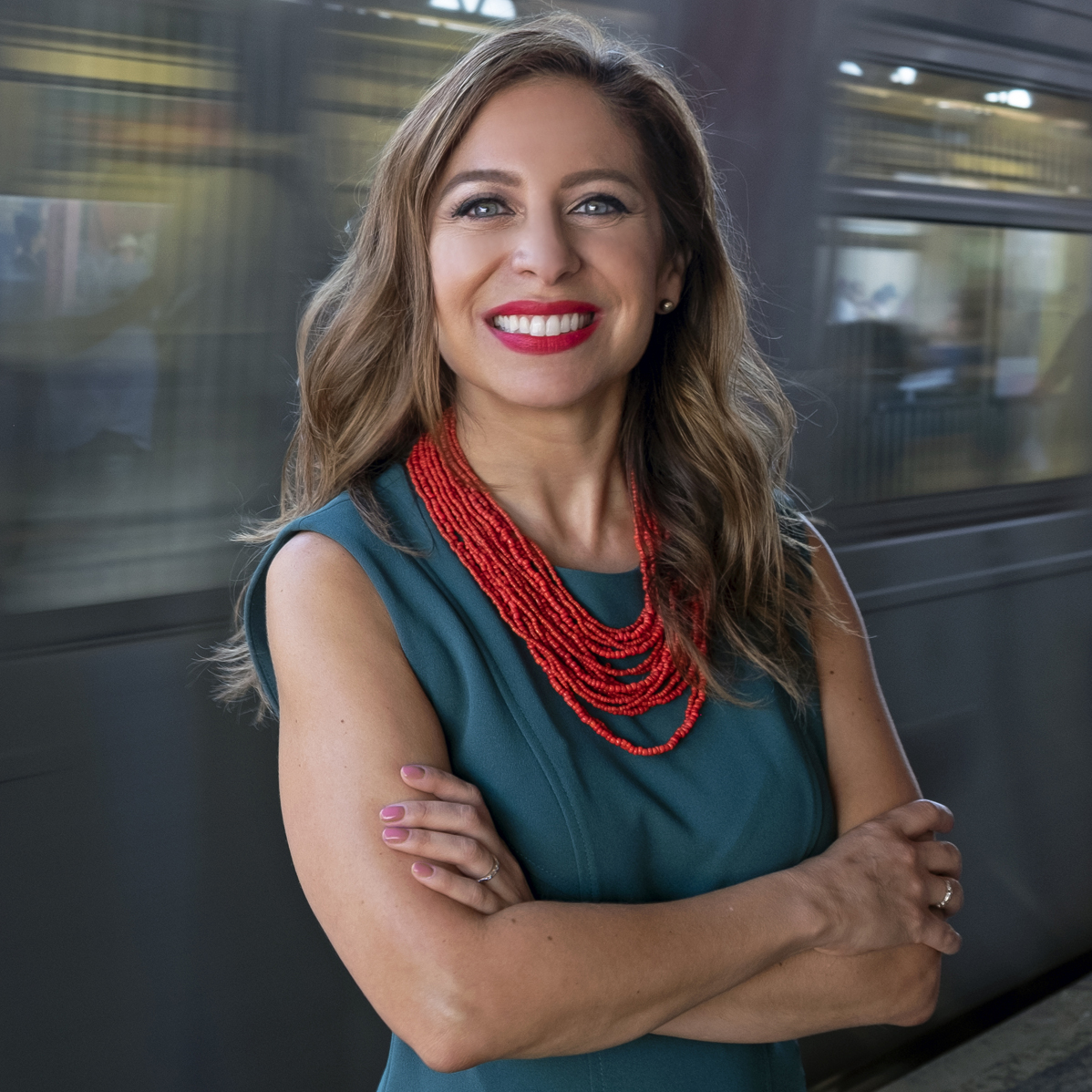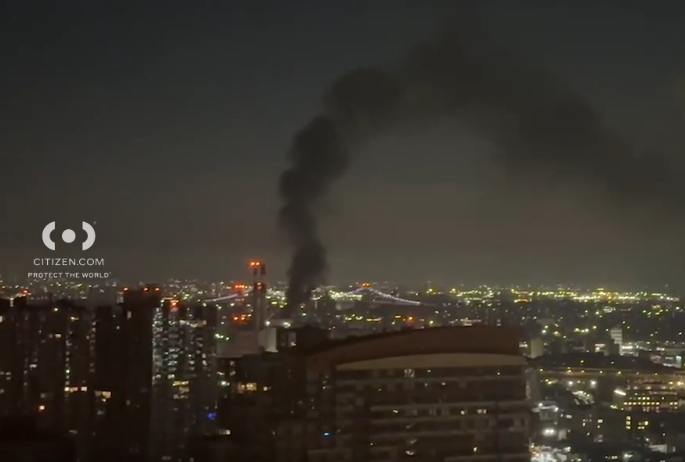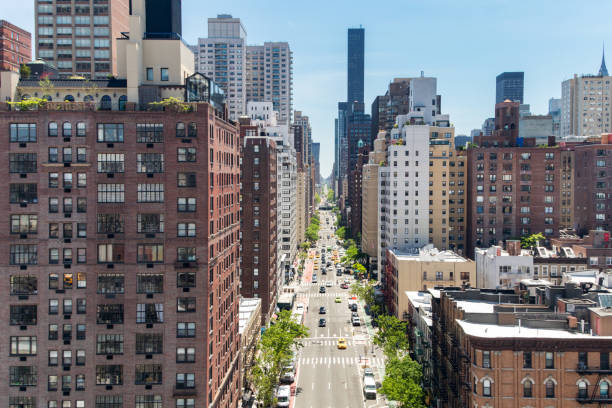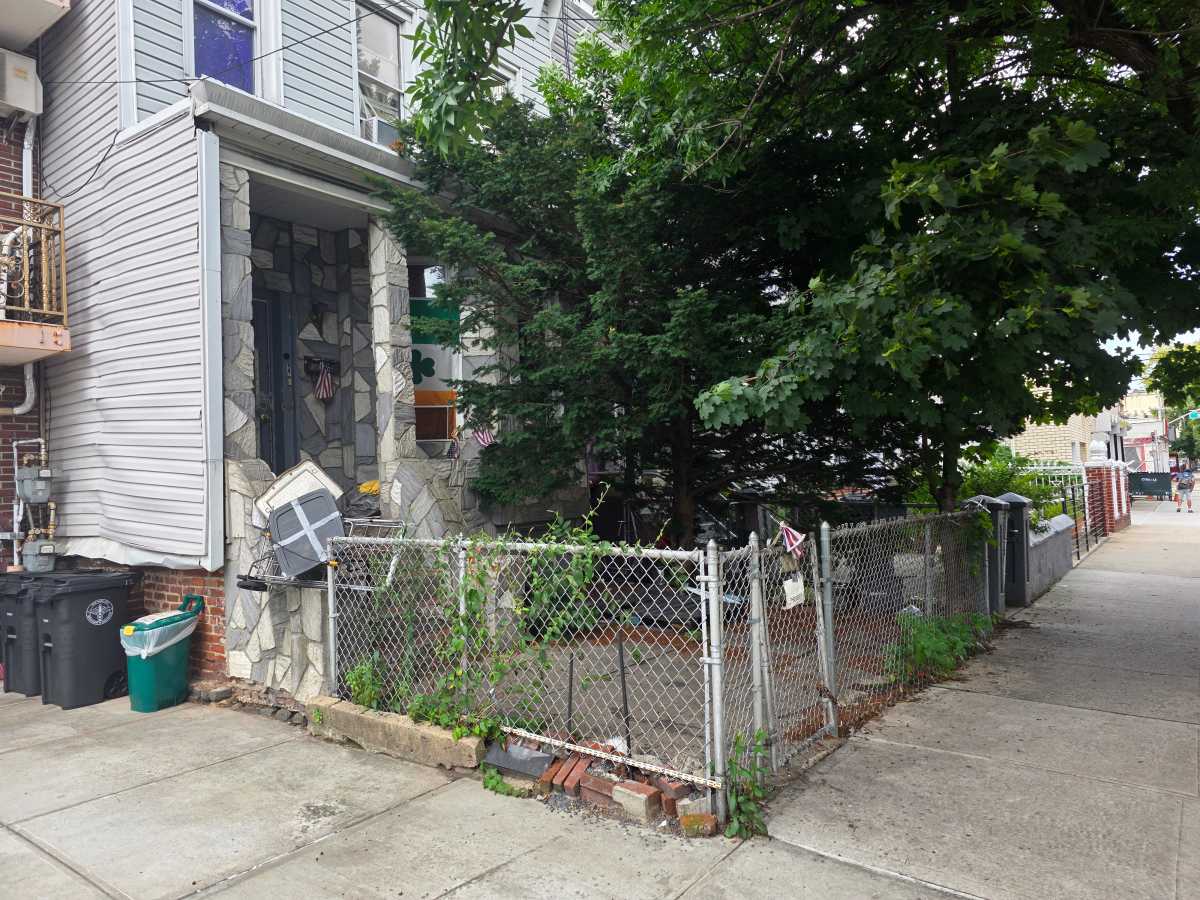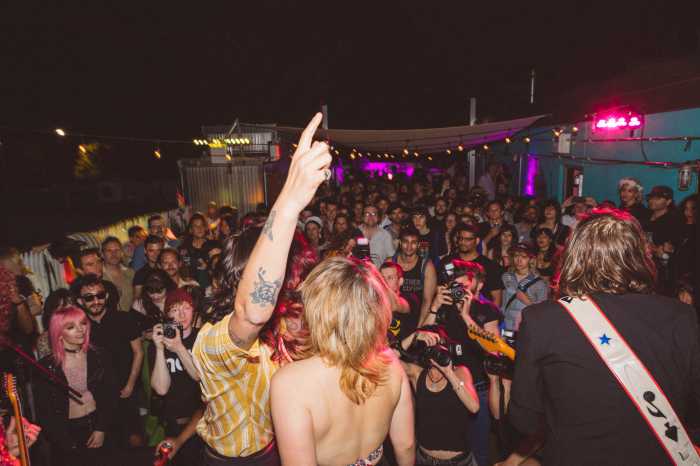By Elizabeth O’Brien
The area around the New York Stock Exchange will receive a major facelift in the coming months that will transform its barricaded streets into a European-style plaza without compromising security, officials say.
Since the terror attack of Sept. 11, 2001, the streets around the stock exchange have had a bunker-like atmosphere. Pickup trucks block traffic at intersections, and heavy planters slow cars’ progress through the narrow streets.
But that will begin to change in a matter of weeks. The Lower Manhattan Development Corporation has joined the Department of City Planning and the Economic Development Corporation to repave part of Broad St. and install more aesthetically pleasing security barriers at strategic intersections.
“It’s a major step forward,” said Robert Tierney, chairperson of the Landmarks Preservation Commission, in a telephone interview. On Tuesday, Landmarks approved the security changes, a necessary measure since the street grid itself is landmarked. Wall, Broad, and the neighboring curvy streets remain as the Dutch laid them out in the 17th century.
The intersections that will receive new security barriers are Broadway and Wall St., William St. and Wall St., Broad St. and Beaver St., New St. and Beaver St., Broad St. and Exchange Pl., William St. and Exchange Pl., and Nassau St. and Pine St. All but the last two intersections will be restricted to emergency vehicles only, according to city planning officials. There will be screening checkpoints for vehicles at William and Exchange and Nassau and Pine.
The barriers will be a combination of heavy bronze wedges, specially designed by the Tribeca firm Rogers Marvel Architects, and retractable pop-up bollards. Guards in security booths will operate the bollards.
Under the plan, a stretch of Broad St. between Wall St. and Exchange Pl. will be repaved with square blocks called Eurocobble. These stones are reminiscent of the original streetscape, Tierney said. The cobblestones will provide a visual cue to alert people to the special pedestrian zone, but they won’t have any specific security function, a City Planning official said.
Officials have talked about adding outdoor cafes and more plant life to the new pedestrian area, but no final decisions have been made as yet.
Community members praised the current plan. At its full board meeting on Feb. 17, Community Board 1 passed a resolution in favor of the transformation.
“The overall scheme should be a great improvement to the quality of life in the Financial District,” the resolution read.
The resolution did sound a cautionary note about the security booths, which it called “big, square and ugly.” Efforts should be taken to make them less threatening, the resolution continued.
“It’s very intrusive, but less intrusive than what’s there now,” Bruce Ehrmann, chairperson of the landmarks committee, said of the plans.
The first phase of the project, including the changes at the seven intersections and the repaving of Broad St. in front of the stock exchange, is scheduled to begin in a few weeks and to end sometime this spring, said Joanna Rose, a spokesperson for the Lower Manhattan Development Corporation. Under Gov. Pataki’s timeline for Lower Manhattan, the first phase of the project is scheduled to be completed in April.
Reader Services
Read More: https://www.amny.com/business-finance/






